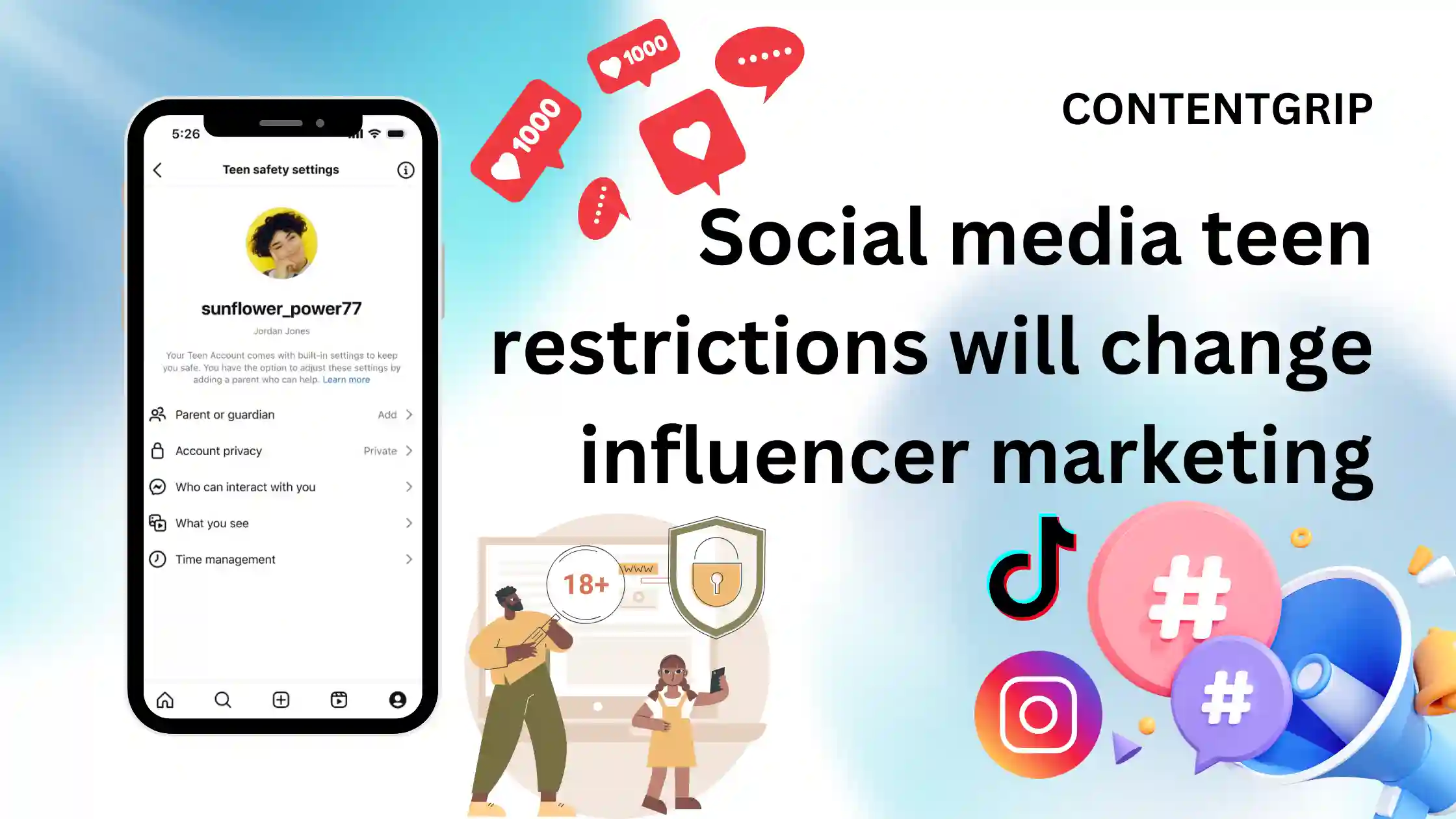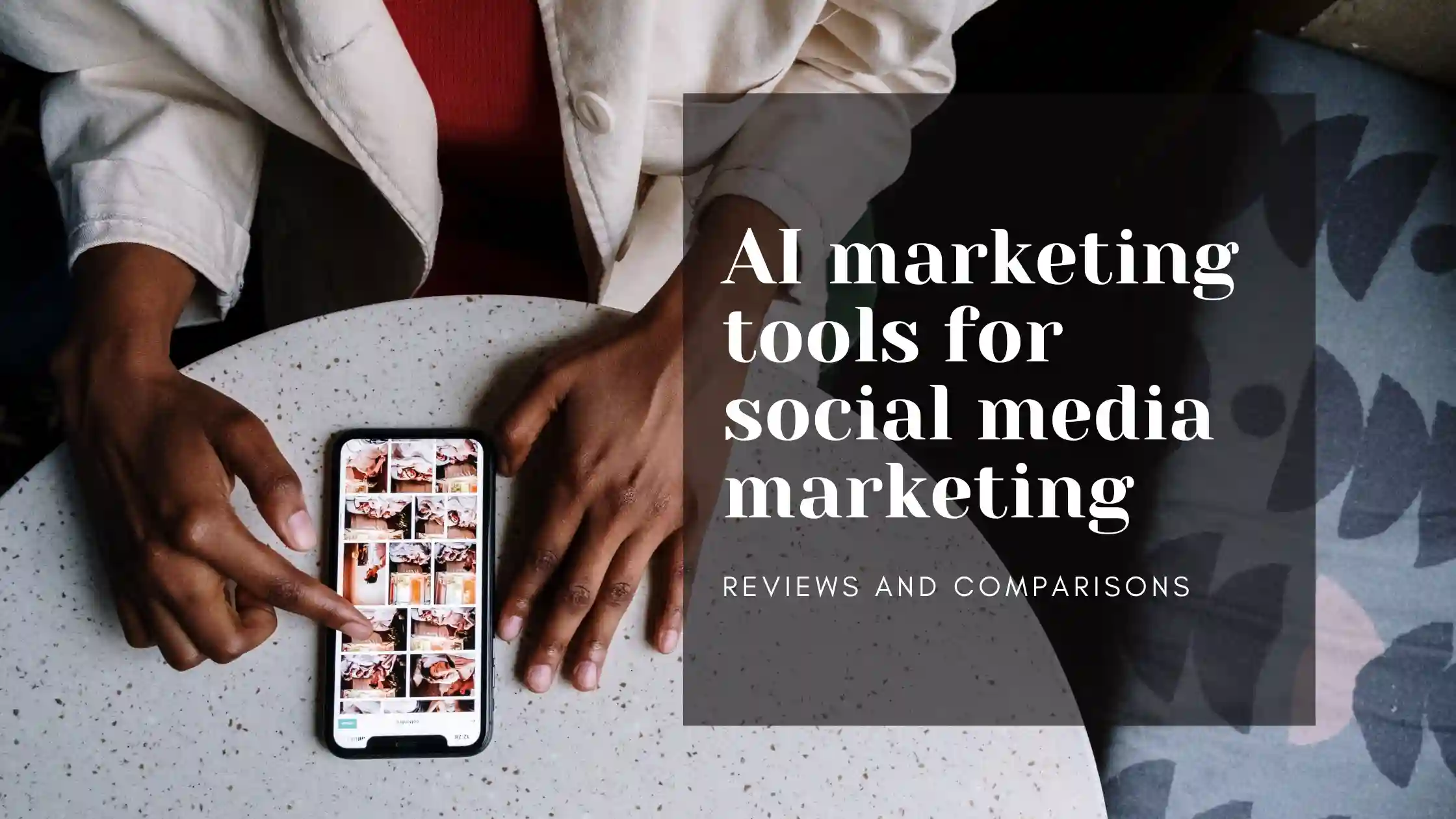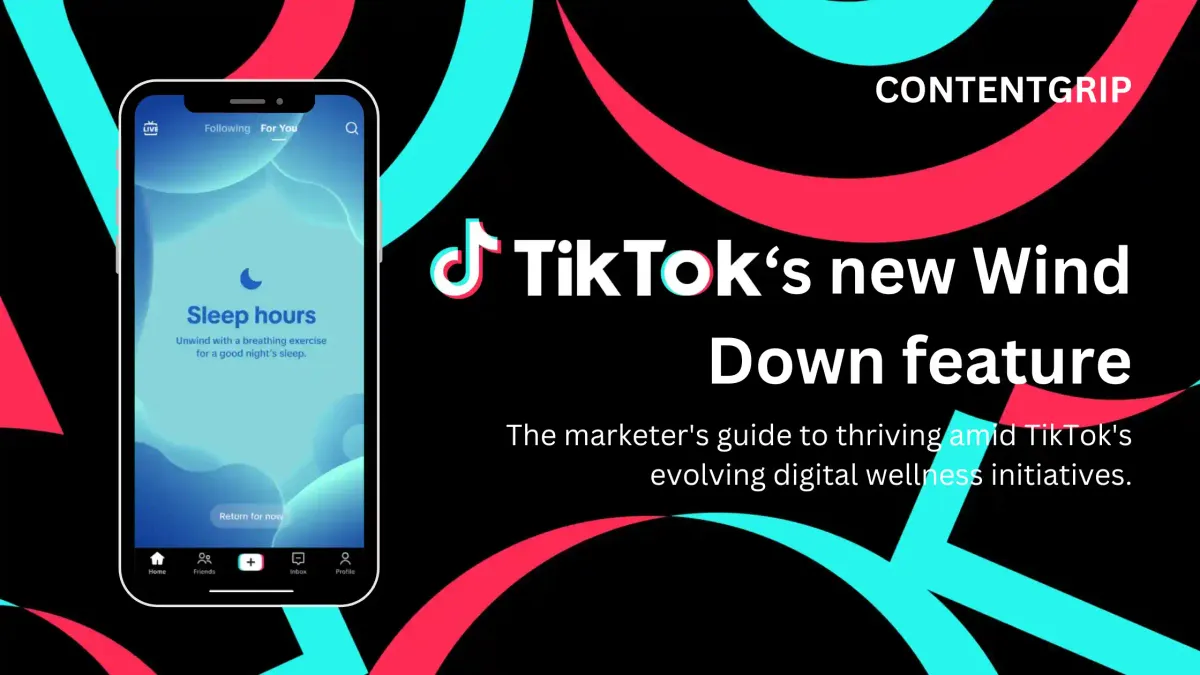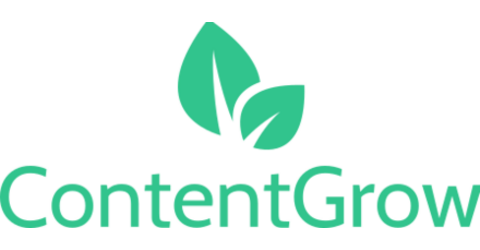Teen restrictions are changing influencer marketing: here's how to adapt
As platforms prioritize teen safety, brands need new approaches to maintain their influence.

TikTok and Instagram are building digital walls around teen users, and influencer marketing is feeling the squeeze. With "Time Away" features and locked-down "teen accounts¹" becoming the norm, brands that once relied on Gen Z engagement are scrambling for new strategies.
As platforms prioritize protection over profit, influencers are aging up their content while marketers hunt for workarounds. What does this mean for your brand's digital strategy?
In this article, we'll dive into what's really happening across social platforms, explore how the influencer economy is transforming, and share practical tools and strategies to help your brand adapt—without breaking the bank or losing your audience in the process.
Short on time?
Here is a table of content for quick access:
- What’s happening on social media platforms?
- How will the KOL economy evolve?
- Recommended tools to help marketers navigate this change
- Tips and strategies for marketers to navigate this change

What's happening on social media platforms?
The landscape of influencer marketing is undergoing significant changes as social media platforms implement stricter policies to protect teenage users.
Platforms like TikTok and Instagram have introduced features that limit teen engagement, aiming to enhance safety and digital well-being.
For instance, TikTok's "Time Away" feature allows parents to control their teens' access to the app during specific times, promoting healthier usage habits.

Similarly, Instagram has rolled out "teen accounts" for users under 18, placing them in the most restrictive settings of the platform's sensitive content control. These accounts come with built-in limits on who can contact teens and the type of content they can view, addressing parental concerns about online interactions and exposure to inappropriate material.
These developments pose challenges for advertisers who have traditionally leveraged influencer marketing to engage with younger audiences. According to Sprout Social's 2024 Influencer Marketing Report², 15% of Gen Z users interact with influencers on social media, with over a quarter (27%) engaging specifically on TikTok. With the new restrictions, brands may need to reassess their strategies to effectively reach this demographic.
How will the KOL economy evolve?
With advertisers shifting focus to KOL partnerships, influencers will need to ensure their content complies with new platform policies, potentially leading to a change in the type of content produced. Joyce Li, group account director at Narrow Door, said, “This could potentially drive up the cost of collaborations with popular teen-aligned KOLs.”
As access to teen audiences becomes more restricted, influencers, or Key Opinion Leaders (KOLs), may need to adapt by creating content that appeals to older demographics. “KOLs might produce more mature content that aligns with the interests and values of older viewers,” said Bastian Wong, founder and CEO of Flare Communications Group. "KOLs may increasingly focus on content that appeals to adult audiences, leading to a demographic shift in influencer marketing strategy."
With these features in place, KOLs will need to adjust their content strategies. There may be an increased focus on content that appeals to older demographics, with less edgy or controversial material in favor of safer, more family-friendly content.
Additionally, with changes in platform algorithms and restrictions on teen access, KOLs may place greater emphasis on engagement metrics such as likes, comments, shares, and views to demonstrate their influence and value to brands and followers.
Jeffrey Hau, co-founder and director of PRIZM Group, raised concerns about the accuracy of age reporting on these platforms. He stated, “Unless platforms implement robust age verification measures, we have to question how accurate teenagers are in reporting their real ages. Additionally, how confident can we be that teenagers are engaging with the KOLs we expect them to?”
Recommended tools to help marketers navigate this change
As platform restrictions change how influencer marketing works, these essential tools can help marketers adapt their strategies without losing their audience:
- Social media analytics platforms
Utilizing social media analytics tools can help marketers monitor audience demographics, engagement metrics, and content performance, enabling data-driven decisions in adapting to the new landscape.
Tools: Sprout Social³, Hootsuite⁴, Ocoya
- Influencer marketing platforms
Influencer marketing platforms can assist in identifying and collaborating with influencers whose audiences align with the desired demographics, ensuring compliance with new platform policies.
Tools: AspireIQ⁵, Influencity⁶
- Content management systems (CMS)
Employing a robust CMS can aid in creating, managing, and distributing content tailored to evolving audience segments, facilitating a seamless transition in marketing strategies.
Tools: HubSpot⁷, WordPress⁸, SocialBee
Tips and strategies for marketers to navigate this change
As social media platforms tighten restrictions for teens, marketers will need to adapt their strategies to maintain effective influencer marketing campaigns.
One crucial approach is to diversify influencer partnerships. By collaborating with influencers across various age groups and content niches, brands can mitigate the impact of teen restrictions and ensure they are reaching a wider, more diverse audience. This approach can help safeguard against the challenges posed by the limited reach of teen-aligned influencers.
Another strategy that will prove essential is to focus on authentic content. As audiences become more discerning, particularly in the context of increased regulation and scrutiny, genuine, relatable content will resonate more deeply with viewers.
Marketers should prioritize building trust and long-term relationships by crafting content that feels authentic and aligns with the values of their target audience. This emphasis on authenticity will be key to maintaining a strong connection with followers amidst the evolving social media landscape.
Finally, it's important for marketers to stay informed and adaptable. Social media platforms and regulations are constantly changing, and keeping up with policy updates and industry trends will be critical for navigating these shifts effectively.
By staying agile, brands can quickly adjust their marketing strategies to ensure continued compliance and maintain the ability to engage with their target demographics.
By implementing the strategies and tools outlined in this article, marketers can navigate these new waters successfully and build sustainable influencer relationships that resonate with audiences across age groups—all while supporting the important goal of creating a safer online environment for young users.
Sources
- Instagram Help Center. (2025, March 28). About Instagram Teen Accounts. https://help.instagram.com/995996839195964
- Sprout Social Blog. (2025, March 28). https://sproutsocial.com/insights/data/influencer-marketing-report1/
- Sprout Social. (2025, March 28). A powerful solution for social media management. https://sproutsocial.com/
- Hootsuite. (2025, March 28). Save time and get REAL results on social media. Hootsuite makes it easy. https://www.hootsuite.com/
- Aspire. (2025, March 28). Word of mouth commerce. https://www.aspire.io/
- Influencity. (2025, March 28). Empowering Connections: Your Ultimate Influencer Marketing Hub. https://influencity.com/
- HubSpot. (2025, March 28). Free CRM Software & Tools for Your Whole Team. https://www.hubspot.com/products/crm
- WordPress.com. (2025, March 28). Hassle-free WordPress. https://wordpress.com/
This post is created by ContentGrow, providing scalable and tailored content creation services for B2B brands and publishers worldwide. Book a discovery call to learn more.





